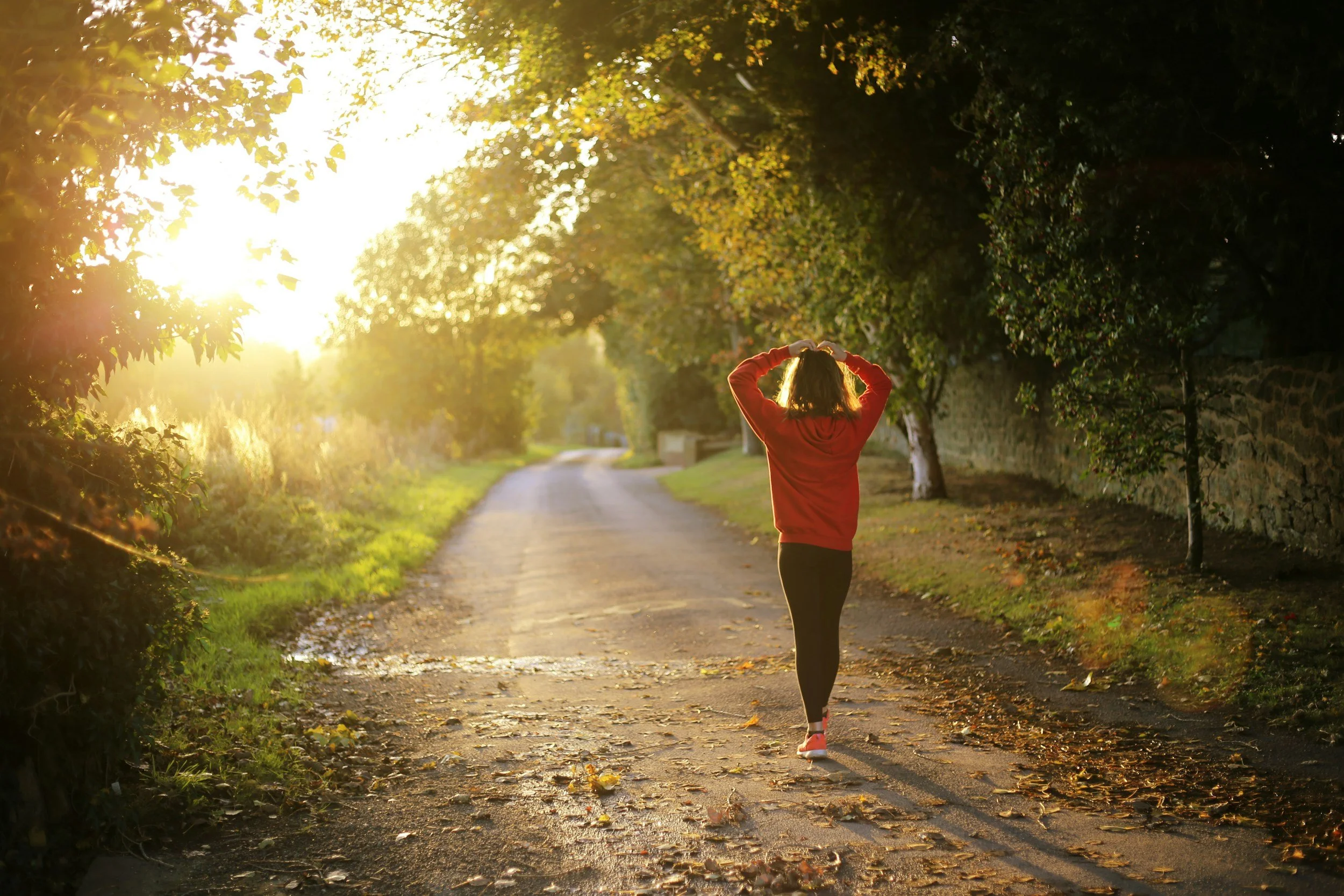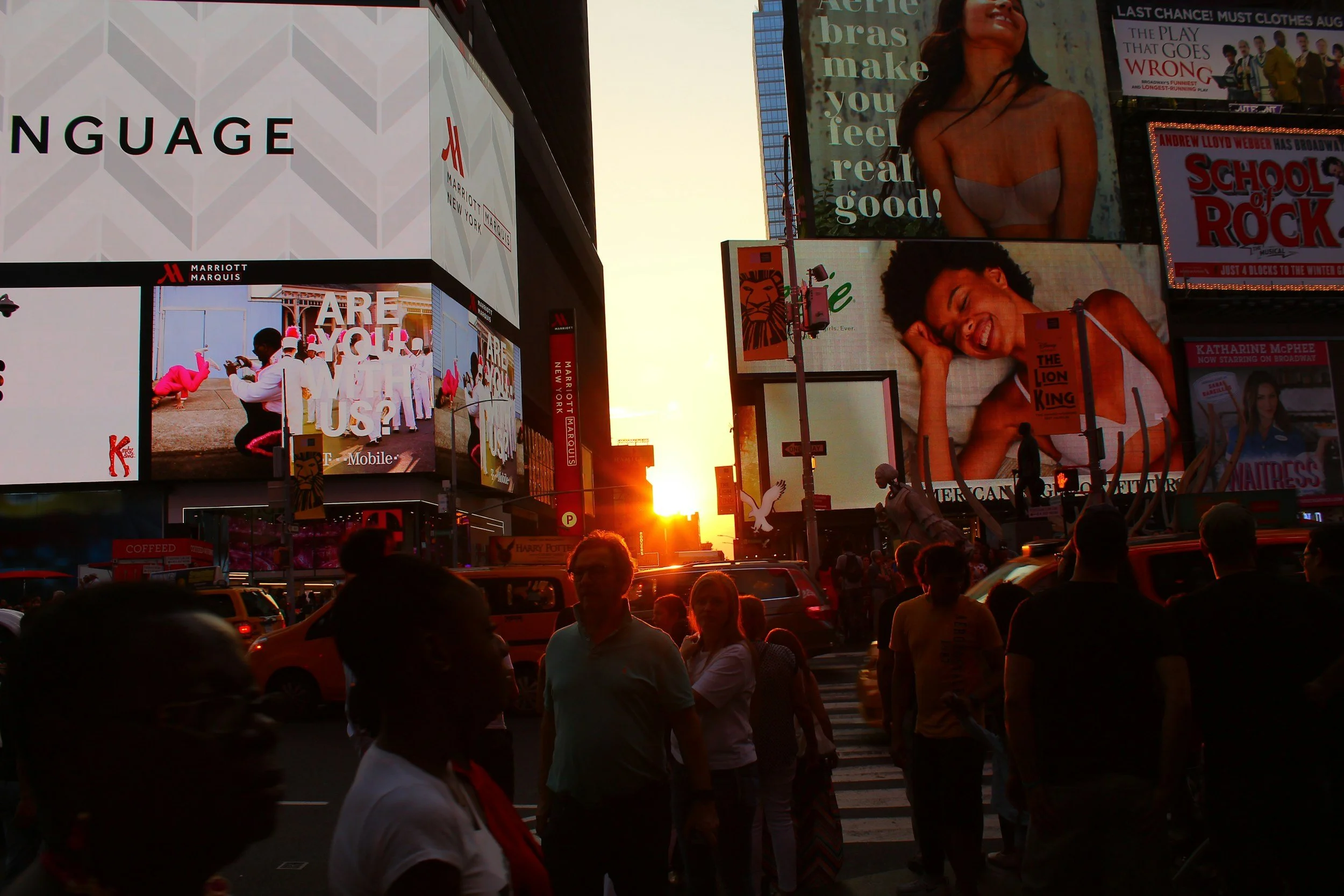Ryan Burge
(ANALYSIS) I can pretty much pinpoint the moment I got the inspiration for this post. I was riding my spin bike in the basement, watching a series on my phone called “Band of Brothers.” I know, I know — I should have watched it multiple times by now.
(ANALYSIS) I keep a little list in the notes app on my phone — just a running log of potential ideas for the newsletter. Most of them are only a few words, just enough to remind me to poke around in the data when I get back to my computer. If I’m being honest, about 75% of those ideas go nowhere. Either the data doesn’t tell a compelling story, or that “great dataset” someone mentioned turns out to be nothing like they described.
(ANALYSIS) One of the most important questions we are trying to answer in The Nones Project is: Do non-religious people have feelings of self-worth and satisfaction that are similar to traditionally religious Americans? In many ways, this may be the most important issue to address when talking about the rising share of nones in the United States.
(ANALYSIS) During the Renaissance, it was a common motif in paintings. There would be a skull in the background or possibly an hourglass.
(ANALYSIS) A majority of mainline Protestant Christians voted for Donald Trump in 2024. They also supported him in 2020 and 2016. In fact, even during Barack Obama’s landslide election in 2008, the mainline was evenly divided at the ballot box.
(ANALYSIS) OK, so there’s this response option to a single survey question that has intrigued me for a very long time. It’s about religious attendance. Across different surveys, the number of response options can vary. The standard is typically six increments, but others — like the General Social Survey — use eight.
(ANALYSIS) My assumption was that religious folks — especially those from more conservative backgrounds — wouldn’t feel very positively about tattoos. But it’s also clear that the overall stigma around tattoos has faded tremendously over the last couple of decades.
(ANALYSIS) I’m not exaggerating when I say this — there is no other long-term, cross-sectional survey of the adult U.S. population that asks about religion in such a useful way. It’s the tree trunk of empirical social science in this space, and it’s cited everywhere. The phrase “General Social Survey” appeared in more than 4,400 articles published in 2024, according to Google Scholar.
(ANALYSIS) There’s a certain kind of conversation that happens among pastors and denominational leaders, usually in almost hushed tones: “Did you hear about how [insert church name] added a thousand new attendees last year?” Someone will inevitably chime in with another example of a church experiencing rapid growth. Before long, the discussion circles back to the same question: “How in the world do they do that?”
(ANALYSIS) I’ve always found survey questions about prayer in public schools somewhat difficult to interpret because the context matters so much. For example, what if a local school district simply offers a quiet time for students to meditate or read? Students could choose to pray during this period, but it wouldn’t be mandatory. Or what if the teacher guides the class in a moment of self-reflection, encouraging students to set their intentions for the day?
(ANALYSIS) One of my main goals as a professor is to get students excited about the material. In a philosophy of youth ministry class our instructor wrote in big letters on the board, “It’s a sin to bore people with the Gospel.” I’ve taken that to heart and expanded it — it’s a sin to bore people at all.
(ANALYSIS) Way back in the early days of this newsletter, I wasn’t very good at titling my posts. I know it seems like something an academic shouldn’t think about, but it really does matter. Here’s an example.
(ANALYSIS) The more I think about what religion means, the more that I think that there are just two camps of people in the United States.
(ANALYSIS) Here’s a stat that, to this day, I still can’t quite believe: the share of Americans who had a passport was 5% in 1990. According to data from 2023, that had risen to 48%.
(ANALYSIS) I can’t imagine I will ever teach a course on Research Methods again, but it’s something that I actually really did enjoy at EIU. I led our incoming graduate students on a tour of how political science tries to answer questions every fall for at least eight years. It was a difficult course, no doubt. But I think that many of my students left with a lot of really practical skills and a much better understanding of research design.
(ANALYSIS) The world went into lockdown in March and April of 2020. The COVID-19 pandemic forced Americans to stay home on a scale unseen in our lifetimes. Now, nearly four years removed from the height of the crisis, it’s clear that if life were going to snap back to “normal,” it would have already happened.
(ANALYSIS) Young men have stopped leaving church in droves and are probably just as religious as young women at this point.
(ANALYSIS) If I asked you to think of one quote about race and religion in the United States, I am going to bet that if you could conjure one up quickly it would be, “11:00 on Sunday morning is the most segregated hour in America.”
(ANALYSIS) It’s my tendency to couch things, to provide all kinds of caveats, or downplay a finding so that I’ve got a bit of wiggle room. And in a lot of areas of social science, that’s still pretty sound advice.
(ANALYSIS) One of the biggest limitations of the kind of work I do is that it’s often at the aggregate level. In layman’s terms, that’s when I use every respondent in a survey sample.
(ANALYSIS) As you may have heard, the United States is facing a looming fertility crisis. Put simply, Americans are having fewer children. The total fertility rate (TFR) in the United States is currently 1.6 children per woman.
(ANALYSIS) When you teach certain classes at the college level, you just know you are going to have to cover certain subjects. Any introductory biology course should touch on photosynthesis, a class on philosophy should cover logical fallacies, and any course on American history has to spend way too much time talking about the constitutional convention.
(ANALYSIS) Is there a more loaded word in American discourse right now than “diversity”?
(ANALYSIS) To me, there’s always been a pretty big blind spot when it comes to the study of non-religion in the United States. There are plenty of survey questions that ask about religious attendance and belief in God.
(ANALYSIS) One of the things that we often hear when we tell folks that we are working on a project that is studying the growing number of nones in the United States is something along the lines of, “Oh, I’m not that religious, but I consider myself highly spiritual.”
(ANALYSIS) Every once in a while, someone would ask me how I became a pastor. I completely understand the impetus for the question, by the way. If you didn’t grow up around religion, the pathway to ministry can seem somewhat opaque. Let me just quickly lay out my story.
(ANALYSIS) To create our new typology of the nones, we used a bit of machine learning. In this case, it was k-means clustering. It’s a pretty simple process, really. You pick some variables that you think that might be meaningful in creating categories and then let the algorithm find commonalities in the dataset.
(ANALYSIS) When someone says the term “Culture War,” the first issues that usually come to mind are access to abortion or same-sex marriage. These are two of the most well-known ‘social issues’ in American religion and politics over the last several decades.
(ANALYSIS) My first book was entitled “The Nones: Where They Came From, Who They Are, and Where They Are Going.” It was published — what feels like a lifetime ago — in 2021. I’m pretty proud of that little volume because it established my approach to thinking about non-religion in the United States.






























(ANALYSIS) One of the most important cyclical events in my life as a data analyst of American religion is the semi-regular release of the General Social Survey.